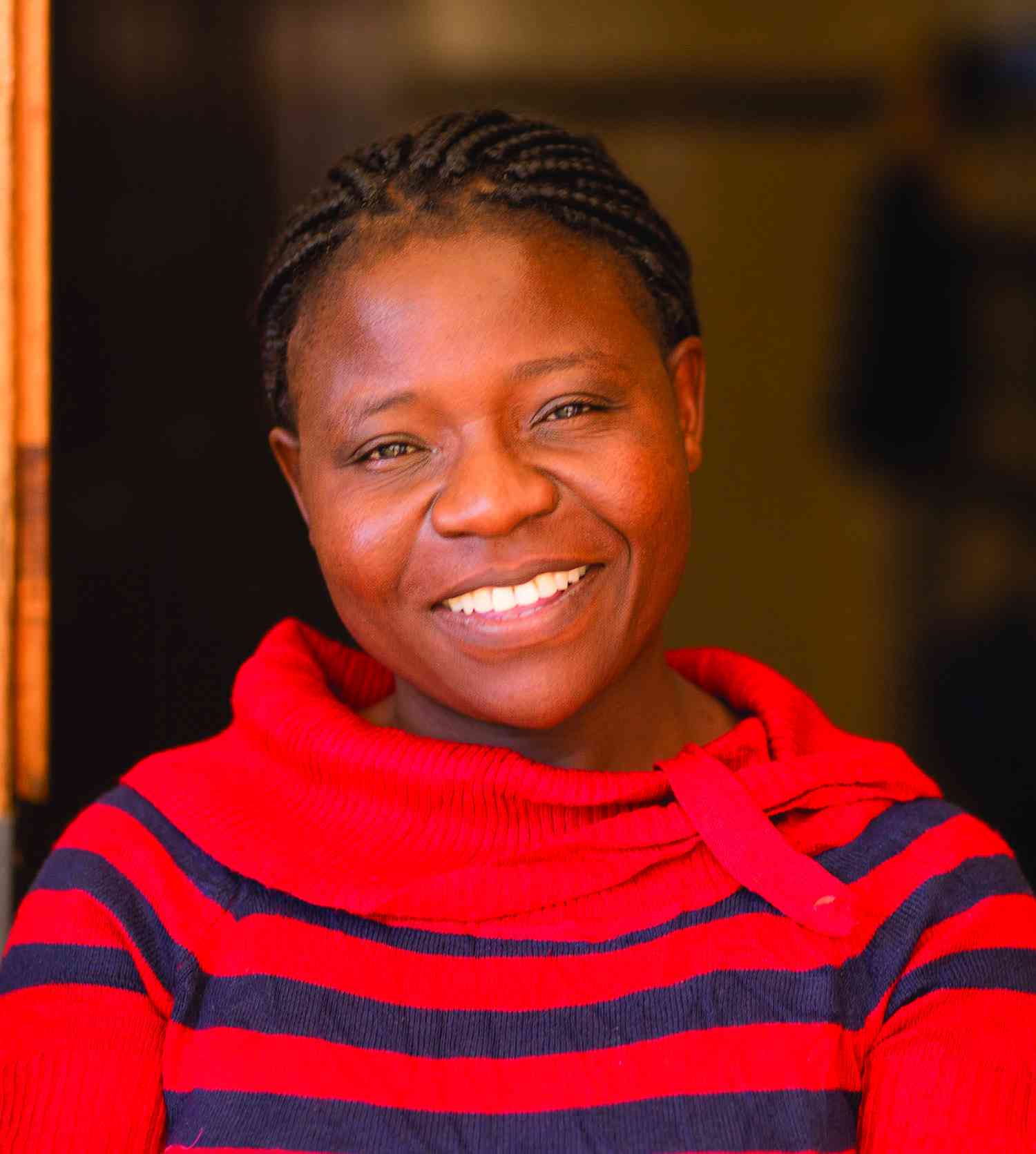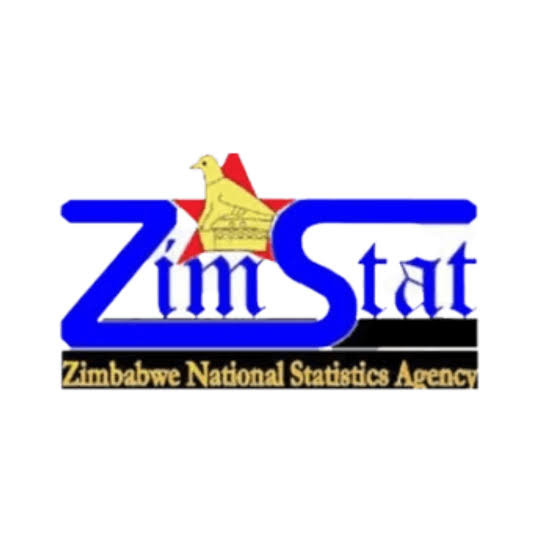
ONLY 10% of Zimbabwe's population of people with disabilities is gainfully employed, according to new data, which highlights challenges confronting the country’s physically challenged.
Deaf Women Included (DWI) founder and director Agnes Chindima told the Zimbabwe Independent that intensifying awareness on the plight of people living with disabilities would address some of the challenges they are facing.
DWI is a grassroots organisation founded in 2014 that works with deaf women.
“Only 10% of persons with disabilities are employed. We have 90% (who are not) employed,” Chindima said.
Another official at DWI, Precious Chakuma, said women living with disabilities in rural areas required urgent attention due to the peculiar challenges that they face.
“It is important to provide support for people with disabilities, especially women in rural areas, to ensure they have equal access to health facilities, information, and empowerment,” Chakuma said.
"This will help eliminate barriers that may prevent them from receiving the necessary support and resources.”
Last year, the government introduced the National Disability Policy, which encouraged organisations to employ at least 15% of individuals with disabilities.
- ‘90% of people with disabilities unemployed’
- Women, child advocates call for inclusivity
Keep Reading
However, organisations have been sluggish in embracing the policy.
The National Disability Policy seeks to absorb people living with disabilities in all productive sectors of the economy.
“Companies are hesitant to hire people with disabilities, claiming that accommodating them is challenging and costly. This leads to discrimination and social stigma against people with disabilities,” DWI indicated in a report.
Fungai Muchoko, who is involved in advocacy work around the rights of people living with disabilities, pointed out that they were struggling to access medical facilities, among other challenges.
“People with disabilities encounter physical and financial obstacles, along with social and cultural barriers such as stigma and discrimination," she said.
"They struggle to access culturally competent care from healthcare providers who often lack the necessary knowledge and skills to cater to their unique needs."
Muchoko said people with disabilities did not have readily available medical information.
“Those with visual impairments may struggle to read standard print materials, while those with hearing impairments may be unable to access orally presented information,” Muchoko said.
“This difficulty leads to challenges in understanding medical information for individuals with disabilities.”










